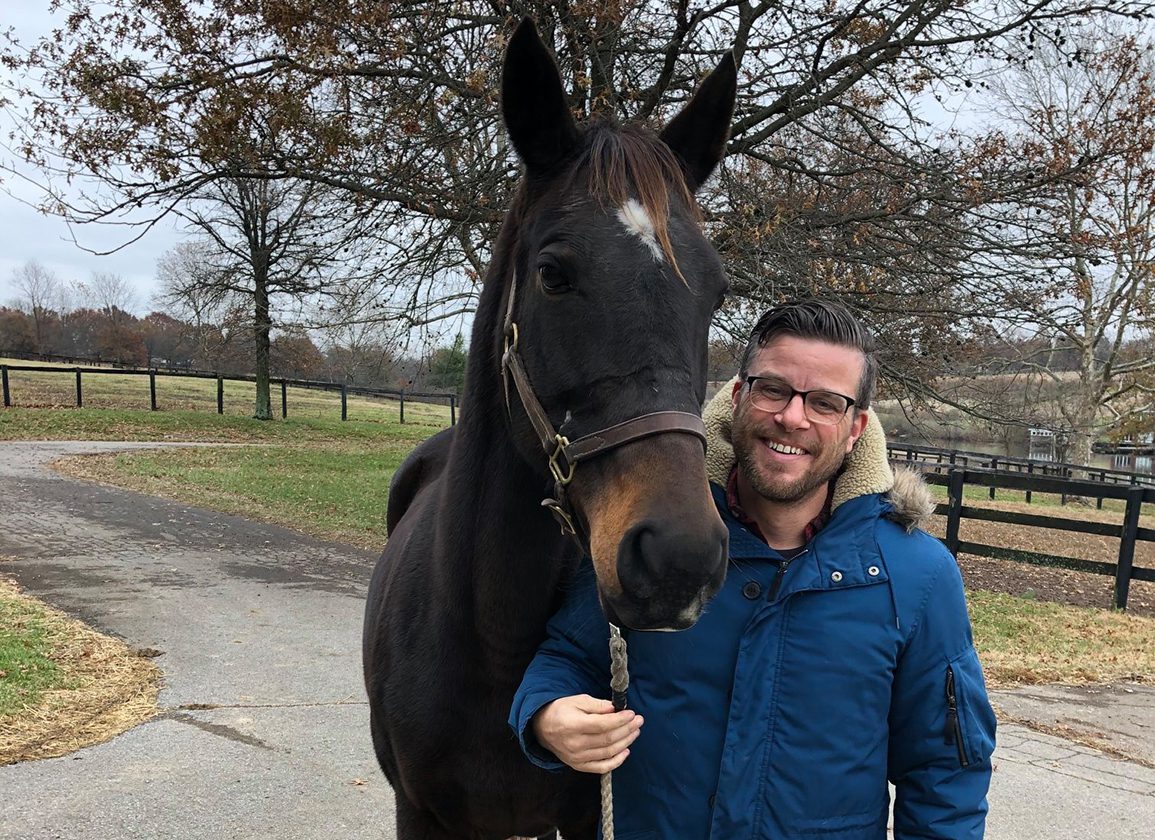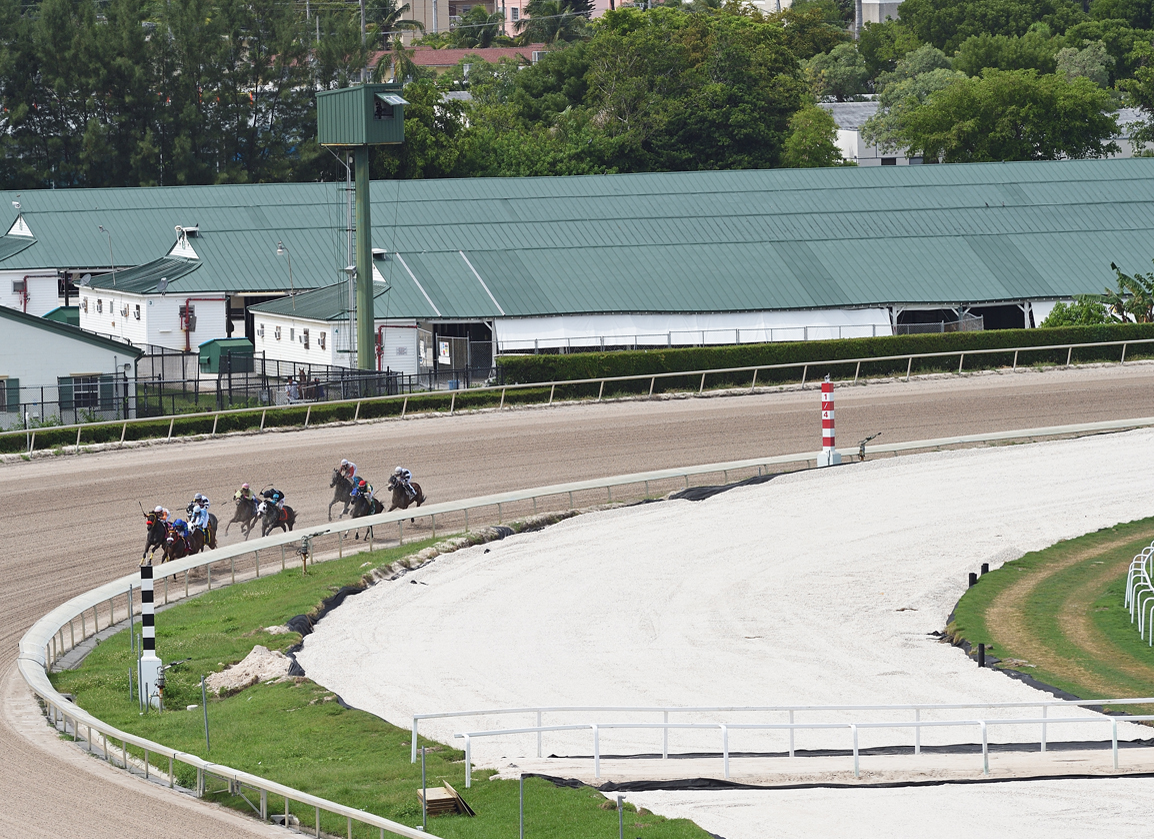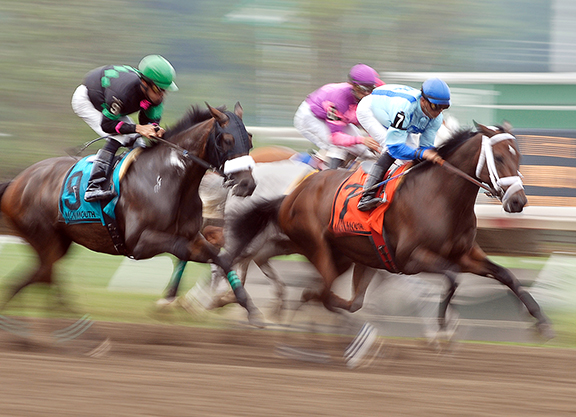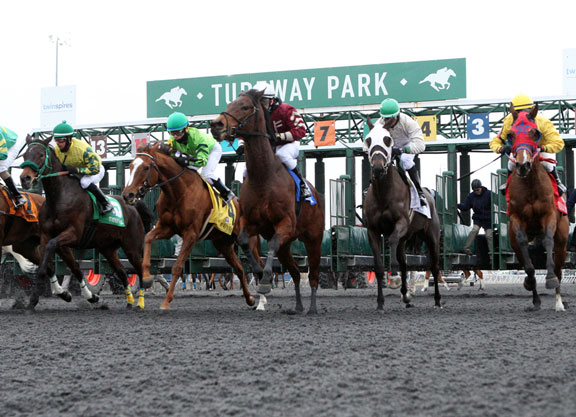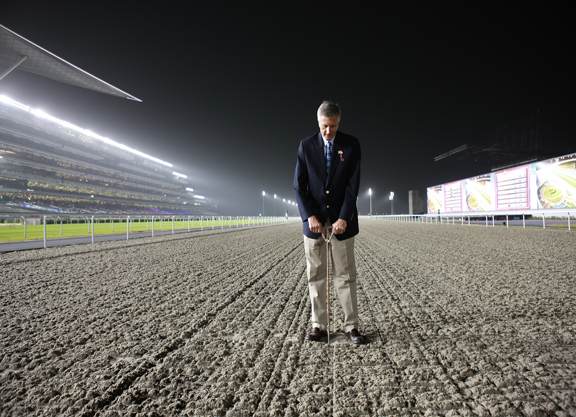It's been another devastating month for horse racing. Even the most hardened racetrackers needed a few minutes to gather themselves when Maple Leaf Mel, steps away from a first Grade I, broke down in the Test at Saratoga on the Whitney undercard. It was a similar story on Saturday when the unbeaten New York Thunder, seemingly on his way to a spectacular victory in the GI H. Allen Jerkens, went down in mid-stretch and, in front of a crowd of 48,292, was humanely euthanized. It was the second fatality on...








